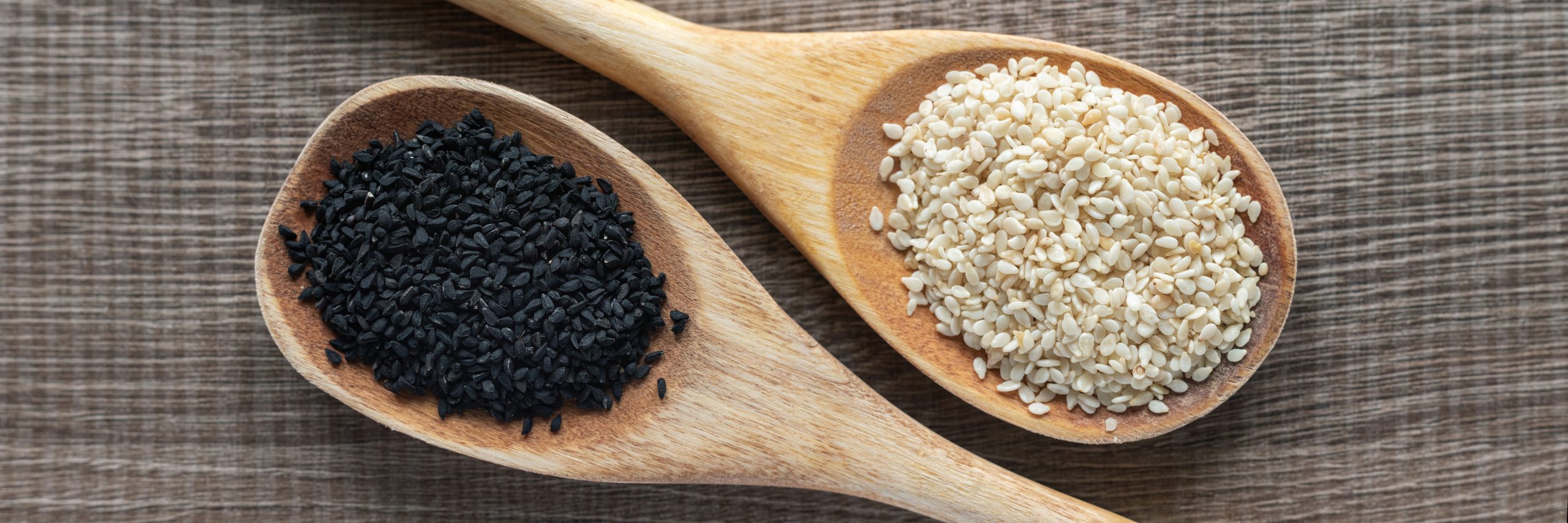Summary
Sesame markets are turning bullish as India, one of the world’s key suppliers, faces a significant production setback due to excessive rainfall. With African supplies tightening, China’s yields dropping, and shifting trade dynamics worldwide, global sesame prices are expected to move upward in the coming months.
Sesame Prices Surge Amid Weather-Driven Supply Concerns
Sesame prices have climbed sharply over the last quarter as India’s major growing regions—Gujarat, Rajasthan, Madhya Pradesh, and Karnataka—were hit by heavy rains. Early trade estimates indicate that Sesame production may decline by 15–20%, although official Kharif crop numbers are still awaited.
In the Mumbai agri-terminal market, Sesame prices jumped from ₹1,15,000 to ₹1,45,000 per tonne over the past three months, clearly reflecting market anxieties around a smaller Indian harvest.
Trade Dynamics Shift as Global Sesame Supply Tightens
Supply constraints are not limited to India. Sesame exporters across Africa are navigating mixed conditions, even as their harvest progresses. A lower Indian output remains a major factor influencing global sentiment.
Sesame offers from Myanmar have risen, with black sesame (Samone) now quoted around $2,645 per tonne, up nearly $150 over two months. However, international demand is currently subdued, adding complexity to price movements.
China’s Weather Challenges and Africa’s Growing Influence
China, despite expanding its sesame cultivation area, recorded lower-than-expected yields due to adverse weather. Meanwhile, Brazil has exhausted its stocks, contributing to the tightening global supply.
Sesame traders are increasingly turning to Nigeria, which is consolidating its role as a dependable supplier. The country is actively improving processing capabilities to strengthen its global footprint.
Global Buyers React to Changing Price Patterns
Japan has been raising its import volumes, but its price-sensitive buying behaviour is slowing trade momentum.
Exports from Pakistan have been muted due to weaker Chinese interest, another factor influencing regional trade flows.
Despite these mixed signals, Sesame markets are expected to remain bullish—primarily due to India’s production challenges and tightening supply elsewhere.
La Niña Could Influence Market Behaviour
Sesame traders remain cautious as weather uncertainty continues, especially with La Niña expected to emerge from December. Any temporary price weakening caused by fresh Indian arrivals may be short-lived if weather disruptions persist.
Conclusion
Sesame markets are entering a period of heightened volatility driven by India’s reduced output, tightening global supply chains, and shifting trade patterns. While some demand pockets remain soft, the overall outlook is firm, with prices likely to stay elevated until production stabilises and global inventories recover.
